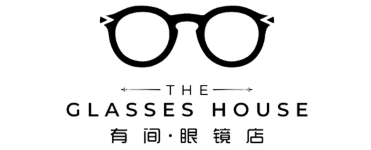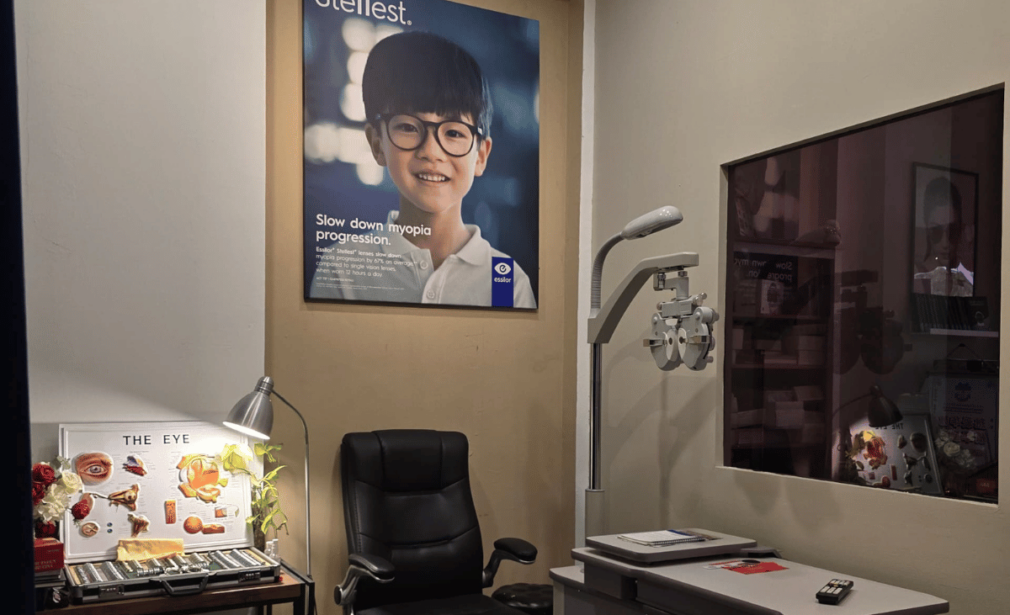Understanding Myopia Control: How to Manage and Slow the Progression of Nearsightedness
Myopia, commonly known as nearsightedness, is a prevalent vision condition affecting millions of people worldwide. With increasing screen time and limited outdoor activities, the incidence of myopia, especially among children, has risen sharply in recent years. This blog will delve into myopia, its causes, and various strategies for controlling and managing its progression.
What is Myopia?
Myopia is a refractive error where distant objects appear blurry while near objects can be seen clearly. It occurs when the eye is too long relative to the focusing power of the cornea and lens, or when the cornea is too curved. As a result, light entering the eye is focused in front of the retina instead of directly on it, leading to blurred distance vision.
Causes and Risk Factors
Genetics: Myopia often runs in families. If one or both parents are nearsighted, there is a higher likelihood that their children will develop myopia.
Environmental Factors: Modern lifestyles, characterized by prolonged close-up activities like reading, using computers, and other digital devices, have been linked to an increase in myopia cases. Limited time spent outdoors is also associated with a higher risk.
Age: Myopia typically develops in childhood and can progress rapidly during the school years when the eyes are growing. It usually stabilizes in adulthood.
Why is Myopia Control Important?
High levels of myopia can increase the risk of serious eye conditions such as glaucoma, cataracts, retinal detachment, and myopic maculopathy. Therefore, controlling the progression of myopia is crucial to reducing these risks and ensuring long-term eye health.
Myopia Control Strategies
Several methods can help slow the progression of myopia, especially in children and adolescents. Here are some of the most effective strategies:
1. Orthokeratology (Ortho-K)
Ortho-K involves wearing specially designed rigid gas-permeable contact lenses overnight. These lenses gently reshape the cornea while you sleep, temporarily correcting myopia and providing clear vision during the day without the need for glasses or contact lenses. Ortho-K has been shown to slow the progression of myopia in children effectively.
2. Multifocal Contact Lenses
These contact lenses have different zones for viewing at different distances. Multifocal lenses can reduce the rate of myopia progression by providing better focus for near work and reducing eye strain.
3. Atropine Eye Drops
Low-dose atropine eye drops have been found to be effective in slowing the progression of myopia in children. Atropine works by relaxing the eye’s focusing mechanism and reducing the elongation of the eyeball. Treatment with atropine should be monitored by an eye care professional, as it may have side effects like light sensitivity.
4. Increased Outdoor Time
Research suggests that spending more time outdoors can reduce the risk of developing myopia and slow its progression. Natural light and the opportunity for distant viewing are believed to be beneficial for eye health. Encouraging children to spend at least 1-2 hours outside daily can help protect against myopia.
5. Spectacle Lenses for Myopia Control
Certain spectacle lenses, such as those with special designs or defocus incorporated multiple segments (DIMS) lenses, can help slow the progression of myopia. These lenses work by altering the way light enters the eye, reducing the stimulus for the eye to elongate.
6. Lifestyle Adjustments
Encouraging good visual hygiene is essential for myopia control. This includes taking regular breaks from near work, maintaining proper lighting, and ensuring an appropriate viewing distance from screens and books. The 20-20-20 rule is a helpful guideline: every 20 minutes, look at something 20 feet away for at least 20 seconds.
Conclusion
Myopia control is a proactive approach to managing nearsightedness and protecting eye health. By understanding the causes and implementing strategies like Ortho-K, multifocal lenses, atropine drops, outdoor activities, and lifestyle adjustments, we can slow the progression of myopia and reduce the risk of associated complications.
If you or your child are experiencing symptoms of myopia, it’s crucial to consult with an eye care professional. They can provide personalized recommendations and treatment options to help manage myopia effectively. Remember, early intervention is key to preserving clear vision and overall eye health.

